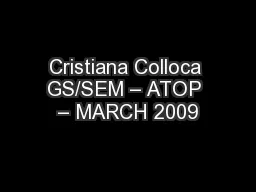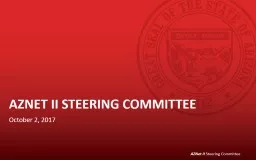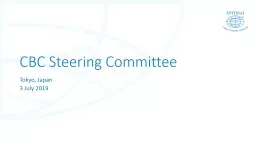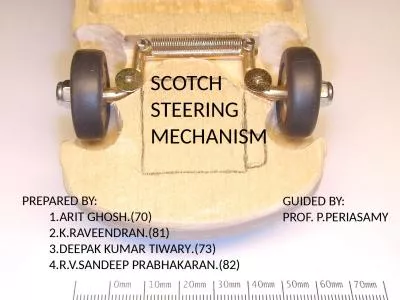PPT-Sem feedback forum STEERING COMMITTEE
Author : rivernescafe | Published Date : 2020-09-22
MARY JO SEKELSKY BARBARA DIXON BOB BARNETT VAHID LOTFI GREG LAURENCE BRAD MAKI SUSAN GANOPHILLIPS AIMI MOSS ROY BARNES JAY GANDHI May 21 amp M ay 27 2015 Sem process
Presentation Embed Code
Download Presentation
Download Presentation The PPT/PDF document "Sem feedback forum STEERING COMMITTEE" is the property of its rightful owner. Permission is granted to download and print the materials on this website for personal, non-commercial use only, and to display it on your personal computer provided you do not modify the materials and that you retain all copyright notices contained in the materials. By downloading content from our website, you accept the terms of this agreement.
Sem feedback forum STEERING COMMITTEE: Transcript
Download Rules Of Document
"Sem feedback forum STEERING COMMITTEE"The content belongs to its owner. You may download and print it for personal use, without modification, and keep all copyright notices. By downloading, you agree to these terms.
Related Documents














